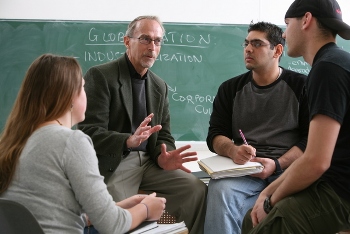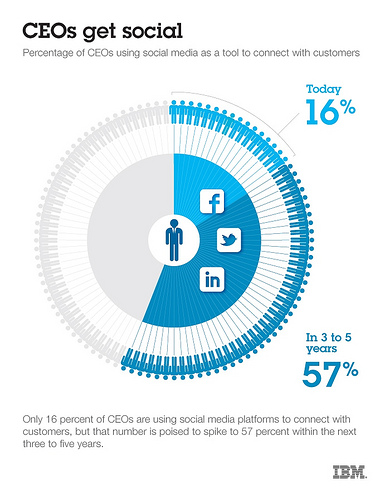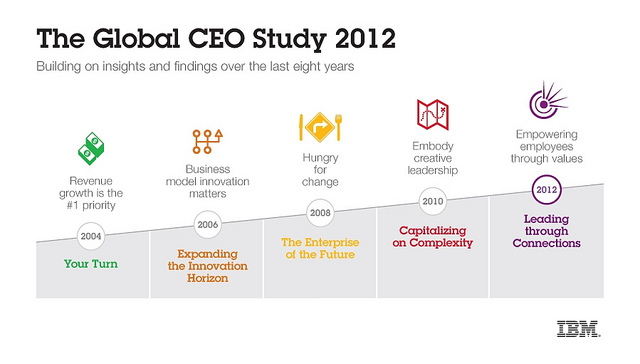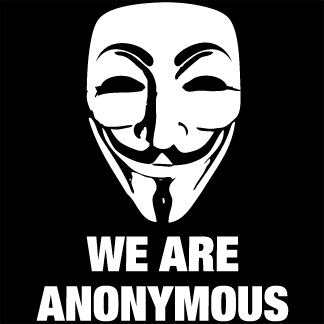Copyright is an institution of the Industrial Age that will be transformed deeply by the Fourth Revolution. Yet, while the availability of material on the internet that can be downloaded and reused for free is booming, while the cost of patent and copyright infringements lawsuits is exploding, this questions has not yet found the right answer.

Actually in the last 50 years the law has been constantly amended in the wrong direction, as mentioned for example in this post by Alex Tabarrok “Copyright unbalanced“: the duration of the protection has been increased from 28 years after a voluntary deposit to 95 years after publication (whether or not the copyright protection would have been sought).
This lengthening of copyright protection is at odds with the acceleration of our daily life and the much quicker obsolescence of content. Copyright protection duration should shrink, not be extended. These extensions are but the reflection of seeking undue benefits.
In the changes to the Copyright institution in the Collaborative Age, 10 years protection should be more than enough. Specific copyrights with different timeframes could also be implemented (1 month for news, 1 year for position papers…). Less developed countries where copyright rights are not defended strongly are benefiting of this situation to be more creative and to develop their own products. When will politicians and diplomats seriously tackle this issue which impedes our economies to grow and develop?











